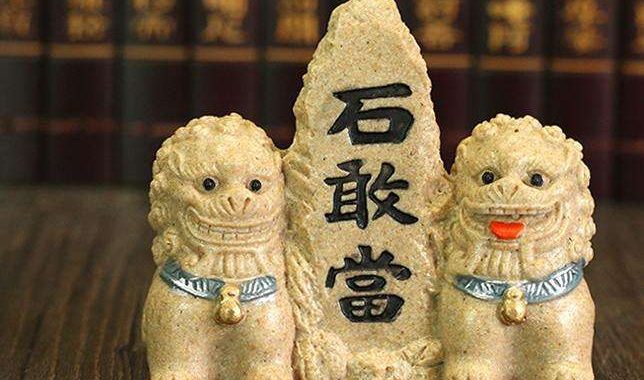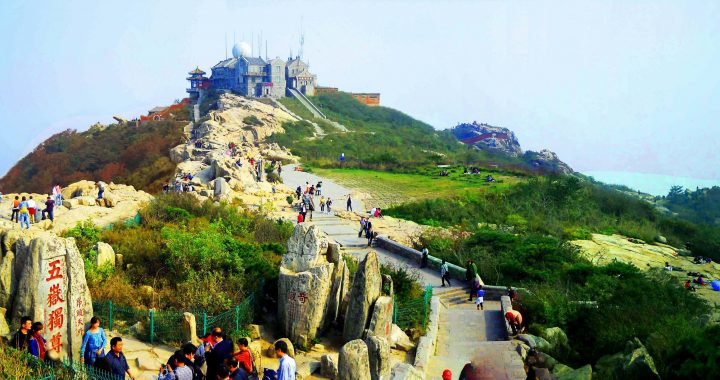Heritage: Mount Tai Shan
6 min readTai Shan’s importance to Chinese mythology cannot be overstated. Visiting the mountain China is more than a mountain-climbing excursion; it’s a pilgrimage to China’s most sacred mountain.
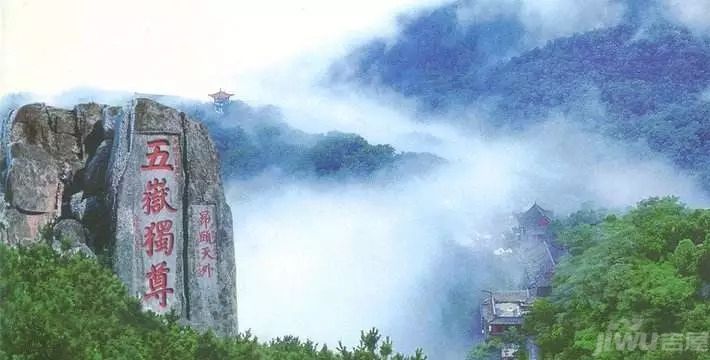
Centuries ago Confucius stood at the summit of Tai Shan and declared: The world is small.” Though you may feel little small riding the cable car as it dangles between heaven and earth, it quickly transports visitors to the summit. Tai Shan has long been known as the sacred haven that links Heaven and Earth and it’s the most significant of the were formed by the body of Pangu, the creator of the universe. Tai Shan sprouted from his head when his body broke apart.
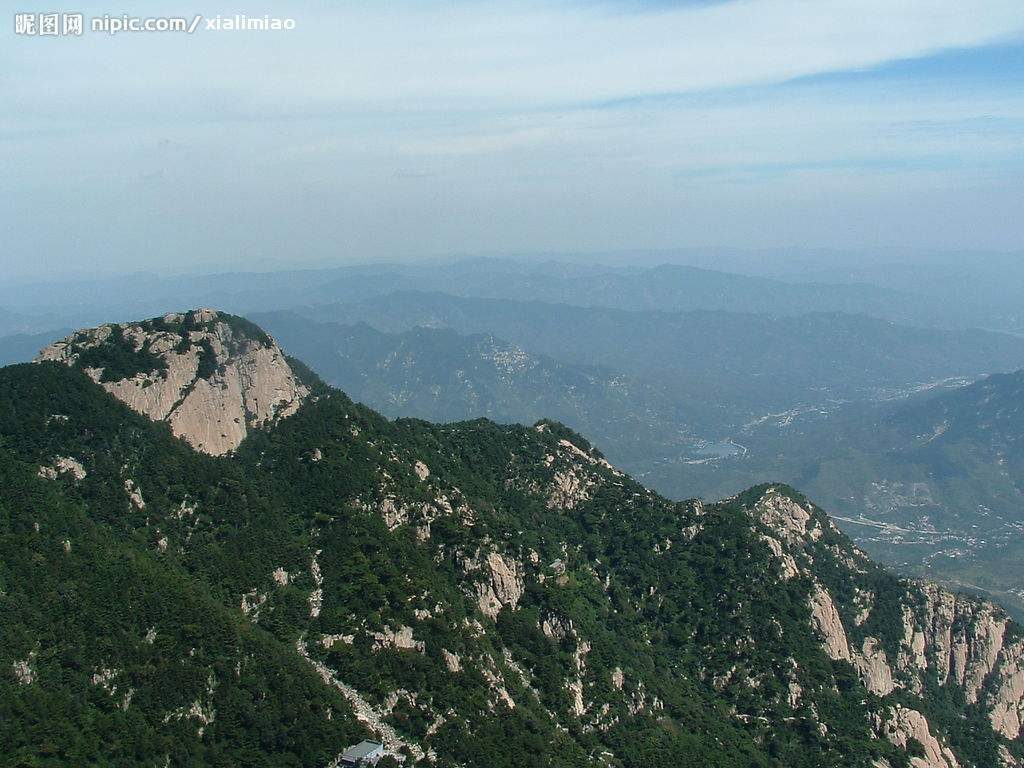
Tai Shan itself has become more than a mountain it has been given noble titlelevated to divine status and given honors equal to emperor. Tai Shan has a long history of receiving awards: the first emperor of given of China made a tree an officer after he sought refuge under it during a storm. The mountain has been revered for eons and is central to Chinese mythological beliefs. Because Tai Shan is the highest point in eastern China, and the east was once thought to be where heaven and earth were linked, Tai Shan become a dominant symbol. Throughout China, symbols of Tai Shan abound, whether used as a good luck charm to invoke the powers of the earth or in the numerous temples dedicated to the mountain.
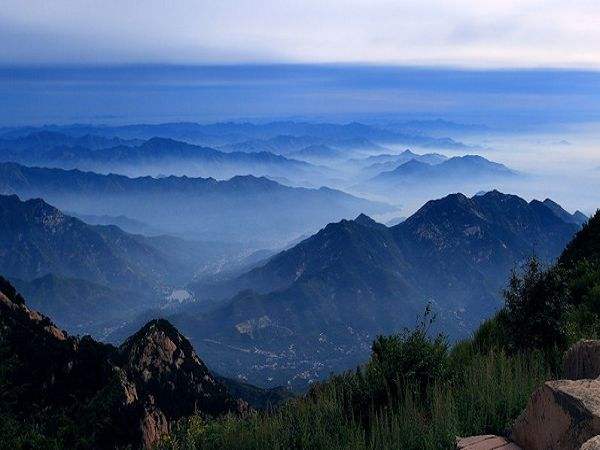
The mountain was originally where the emperors made offerings to Heaven and Earth (feng shan), but this practice was discontinued when the Temple of Heaven(tian tan and the Temple of Earth(di tan) were built in Beijing during the Ming dynasty. Prior offerings; this was the most important of their imperial duties to insure the mandate of heaven was maintained. tanding a majestic 5,068 feet (1, 545 m) above sea level, Tai Shan evokes both awe and contemplation for all who stand atop gazing outward. It’s inspiring to wander around Tai Shan imagining great poets carving their works into the stone walls and steles that speckle the mountainside the area around Jingshiyujingsht yu) is the best place to see these great works. Your daydreams of beauty, however may be interrupted by the shouts and beckoning of local vendors selling everything from incense to Halloween skeletons with From the city of Tai’ an, at the base of the mountain, there are two ways to get to the top; you can brave the steps or you can take a combination of bus and cable car. A RMB 10 taxi ride from Tai’an’ will take you to First Gate of Heaven(yitian men),the starting point of the central route, which is also the most popular and dotted with historic sights. From there, buses depart regularly for Middle Gate of Heaven (zhongtian men) and you can start your ascent. Be prepared for throng of endors that may very well surround your bus as it waits; during the low season they’1l’ be particularly aggressive The Middle Gate of Heaven is the half-way point from the base to the summit and many unburden themselves of heavier luggage by checking into a guesthouse. There’s a cable car that will whisk you to Moon Viewing Peak(yueguan feng) just short walk from South Gate of Heaven(nantian men) which is close to the summit.here,you ‘ll’ witness the compelling draw of the sacred mountain when meeting the legions of senior citizens climbing the 6, 660 stone steps, a mere 4. miles (7 km). One climber, a woman in her seventies, made it clear through a series of gestures that the gods look more fondly on those who actually scale Tai Shan step by step than folks who opt for the luxury of the minute cable car ride. These senior devotees were not the only ones on the imposing stone steps. esidents and sunnlies opkeepers of the Tai Shan temple complex still carry all their water and supplies up the mountain shaking their heads at the extravagance of the cable car.
For those who actually climb Tai Shan, the central route,zouteyHongenRoute《hongmenZu is lined with sights that have been graced with imperial presence and are commemorated with much calligraphy. Poets have long been drawn to the beauty and mystique of Tai Shan, many have waxed lyrical over Tai Shan and had their musings eternalized in stone. There are also numerous religious carvings, such as Buddhist sutras carved into the mountain face.
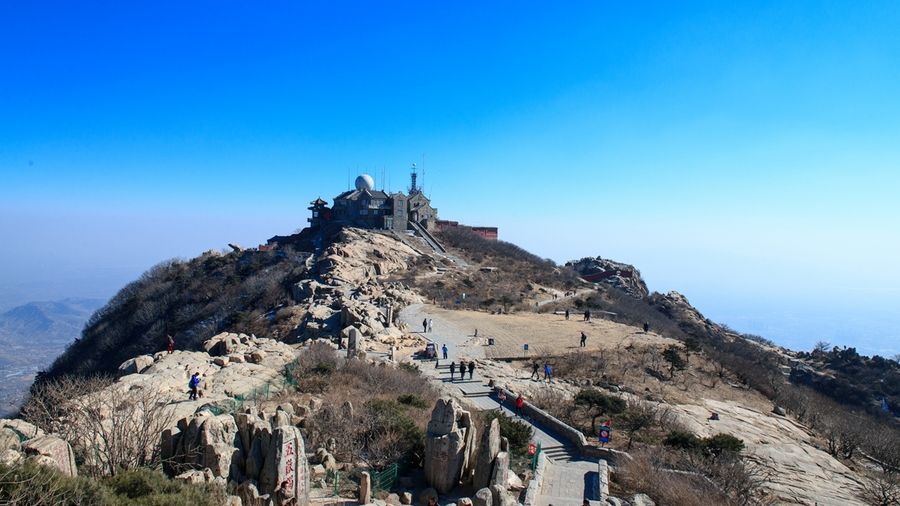
Tai Shan is home to a large group of temples and generously sprinkled with ornate entryways and cobbled paths. There are teahouserere you can sit outside sipping fragrant tea and admire the graceful peaks opposite. Wandering around will bring little surprises such as intricately carved chways, spectacular vistas and temples that have seen pilgrims for centuries. Photos are easily the best souvenir Tai Shan has to offer any visitor -the views are breathtaking.
The highlight of he mountain is the Song dynasty Azure Cloud Temple(bixid ci ) According to legend, Bixia is the local deity of Tai Shan and revered particularly by women. Her temple sees many women burning incense and praying for good fortune and a happy fu Iture for their progeny or praying to have children if they haven’t been so blessed.
Tranquility with transcendence when strolling around the large temple the incense wafts through the halls and turning a corner reveals the vastness of the peaks and open While on the mountain be sure to visit the Jade Emperor’s Peak(yuhuang ding) Perched on this summit is a temple dedicated to the Jade Emperor, ruler of the Chinese eliefs. Sun Viewing Peak (riguan feng is the best vantage point for the sunrise visits that Tai Shan is so famous for it’s also where the hordes of other visitors will to Peach Blossomhe mountain, you can catch lossom Garden(taohua yuan) find yourself at the back of the mountain round ambling scenery with smooth roads and lots of arborous an public bathrooms as well as food and souvenir shops the rest of the way for RMB 15. They’re often full, long day of climbing you’ be happy to board the bus and take a break. The journey down the mountain is scenic, if little cramped.At the of Tai Shan is Dai Temple (dai mido ) where emperors would perfor ere ceremonies in honor of the mountain. These ceremonies were held as early as the Qin dynasty by the first emperor. A Han dynasty palace was later built on the grounds. It saw constant expansion by later dynasties and was given the same form as the impe: ial palace. Today it’s a sprawling million square feet (96,000 m2). Because of the maintenance. The main structure in this complex is Tiankuang Hall(tiankuang dian), which was built in 1009 on orders from the Song emperor The massive hall, which stands on a rectangular stone base, is 160 feet (48.7 m) long, 65 feet (19.7 m) wide, and reaches 73 feet (22.3 m) high. Inside stands statue of the god of Tai Shan. On the east, west and north walls are large paintings of the Tai Shan deity on an inspection of his domain with a large entourage of 691. Put together the three paintings measure 203 feet (62 m)long and 10.8 feet (3.3 m) high.

Making Your Trip Easy Practical Tips High season is from May to October when the weather is warmest, with spring and autumn being the busiest especially during the national holidays. During the off-season things will be more relaxed and the skies are clearer but you’ll be digging into your backpack or more layers. Wool sweaters, socks, hats and windbreakers will prove a godsend in this heavenly venue as the weather can change rapidly and being so close to heaven,the summit is quite chilly. Carry lots of layers, flashlight, a small first aid kit, a pocket nife, lots of snacks and a pack of disposable wipes for dirty hands and tables.
If you’re lucky you might be able to catch a reenactment of the ancient and elaborate ceremonial offerings to Heaven and Earth.
